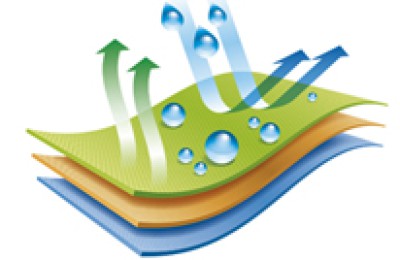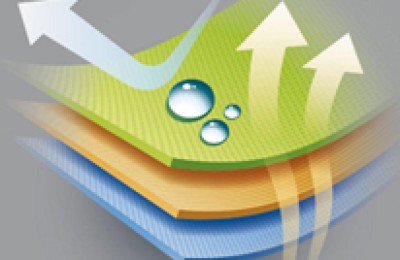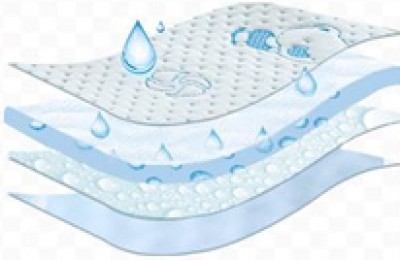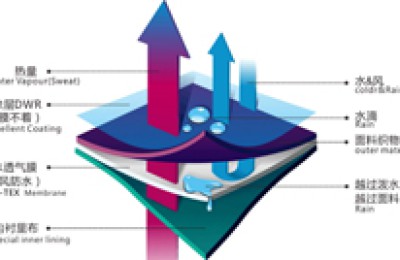In 2014, the EU imported textiles (SITC65) amounted to 23.90 billion euros (the import source does not include EU member states), a year-on-year increase of 8.6%; the import volume was 5.596 million tons, a year-on-year increase of 10.5%. Data show that the EU import market The development potential still exists.
1. Situation of mainstream products in the EU import market
Statistics by product category, in terms of quantity proportion, the top three sub-categories of EU imported textile products are: textile finished products (658), textile yarn (651) and professional yarn (657 ), with quantities of 1.674 million tons, 1.661 million tons and 615,000 tons respectively, with year-on-year growth rates of 13.8%, 5.8% and 14.3% respectively, accounting for 29.9%, 29.7% and 11.0% respectively. Judging from the average import price, the average import price of pure cotton fabrics and woven fabrics (652) is relatively high, at 6.0 euros/kg, the average import price of textile finished products (658) is 5.02 euros/kg, and the average import price of textile yarn (651 ) is 2.63 euros/kg, and the average price of professional yarn is significantly higher than that of textile yarn, which is 4.25 euros/kg.
Based on the analysis of the import quantity and average price of textile sub-categories imported from the EU, the following characteristics can be summarized:
1. The consumer demand for textile manufactured products has grown significantly
The EU’s consumer demand for textile manufactured products has not dropped significantly, and its growth rate has reached 13.8%. This reflects that the import market in the EU is dominated by home textiles and daily necessities. Although the EU’s economic development has been greatly affected by the financial crisis, the EU is still a region with consumption potential. In addition, according to the latest data from the European Statistical Office, the total population of the 28 EU countries has reached 507.4 million people, exceeding the total population of the United States (317.8 million). The comprehensive consumer confidence index of the 28 EU countries in the first quarter of 2015 released by GfK, a market research organization, rose by 4.3 points to 9.8 points. The GfK report also pointed out that the Ukraine crisis and the EU’s economic sanctions on Russia have had a significant impact on Eastern Europe, and Eastern European consumers remain optimistic about the economic situation. are skeptical, while consumers in Western and Southern European countries are optimistic about the economic outlook.
2. The demand for textile yarn remains stable
As the birthplace of textile manufacturing, Europe still retains development space for traditional textile manufacturing in many regions.
The Italian government plans to invest 40 million euros (approximately 280 million yuan) in the fashion industry in 2015 to make Milan’s fashion brands and other fashion companies more competitive. In the past five years, the Italian government has invested an average of 5.2 million euros (approximately 36.84 million yuan) in the fashion industry each year, and the amount of investment in 2015 will be eight times that of the past. From the perspective of external economic conditions, the continued weakness of the euro is beneficial to exports, while lower oil prices are also helping European companies reduce production costs.
In recent years, the German textile industry has still insisted on maintaining its growth momentum with high quality and high grade despite competition from textiles from Asian countries such as China and India. In 2014, the revenue of the German clothing and textile industry increased by 2.1 percentage points compared with the previous year, which was higher than the expected growth rate of 1.8% by the German Production Federation.
3. The prospect of professional yarn is bright
The EU’s imported professional yarn market only accounts for about 10%, but its growth rate is 14.3%. The average price is 1.62 euros/kg higher than that of textile yarn, and even close to the price of textile finished products. It is obviously a high value-added intermediate product. In order to restore economic growth in recent years, the EU has been emphasizing the role of technological innovation in promoting economic development. In a comparative study on competitiveness, the EU believes that there is still a gap between its R&D advantages and the United States. The EU’s incentive policies and financial investment in the procurement and R&D of such products may continue to increase.
4. The EU R&D Framework Program promotes its textile industry to occupy a dominant position
The traditional printing and dyeing of textile fabrics or textiles in the textile industry requires a large amount of water and energy, which greatly increases the production and operation costs of the textile industry. The European Commission has adopted a decision requiring the innovative technology projects of the EU 2020 plan to focus on accelerating the industrialization of digital inkjet printing and dyeing technology and transforming the EU textile industry.
2. Distribution of origins in the EU import market
According to country-by-country statistics, the top five import sources are China, India, Pakistan, the United States and South Korea; the import amounts are 8.12 billion euros, 2.29 billion euros, 2.02 billion euros, 980 million euros and 780 million euros respectively; Year-on-year increases were 12.0%, 5.1%, 18.6%, 3.6% and 6.1% respectively, accounting for 34.0%, 9.6%, 8.5%, 4.1% and 3.2% respectively.
Based on the average price of imported products, the distribution of origins in the EU import market can be divided into two categories. One is the origin of traditional textile products, and the other is the origin of high value-added textile products. Obviously, China, India and Pakistan have become the main sources of supply of traditional products, while the United States and South Korea have become the main sources of supply of high value-added products.
1. my country has obvious advantages in traditional products
In the EU imported textile market, China’s textile market share was 20 percentage points ahead of India in 2014, and its year-on-year growth rate was slightly higher than the overall level of EU imported textiles.
2. Trade in high value-added products may raise the threshold for competition
The United States is an important source of high value-added products in the EU import market. It can be clearly seen from the average price that the average price of US textiles is 2.6 euros/kg higher than the average price in the EU import market. Recently, what has attracted widespread attention in the textile industry in the United States and Europe is the Transatlantic Trade and Investment Partnership.TTIP” (TTIP for short). Industry insiders pointed out that clothing brands, retailers and importers are all emphasizing the strong ties between New York and European fashion capitals, but the problem now lies in the imbalance of tariffs on textiles and clothing between the United States and Europe. Trade and cooperation between the United States and Europe in high value-added textiles will create a higher threshold for China to develop exports of high value-added products.




